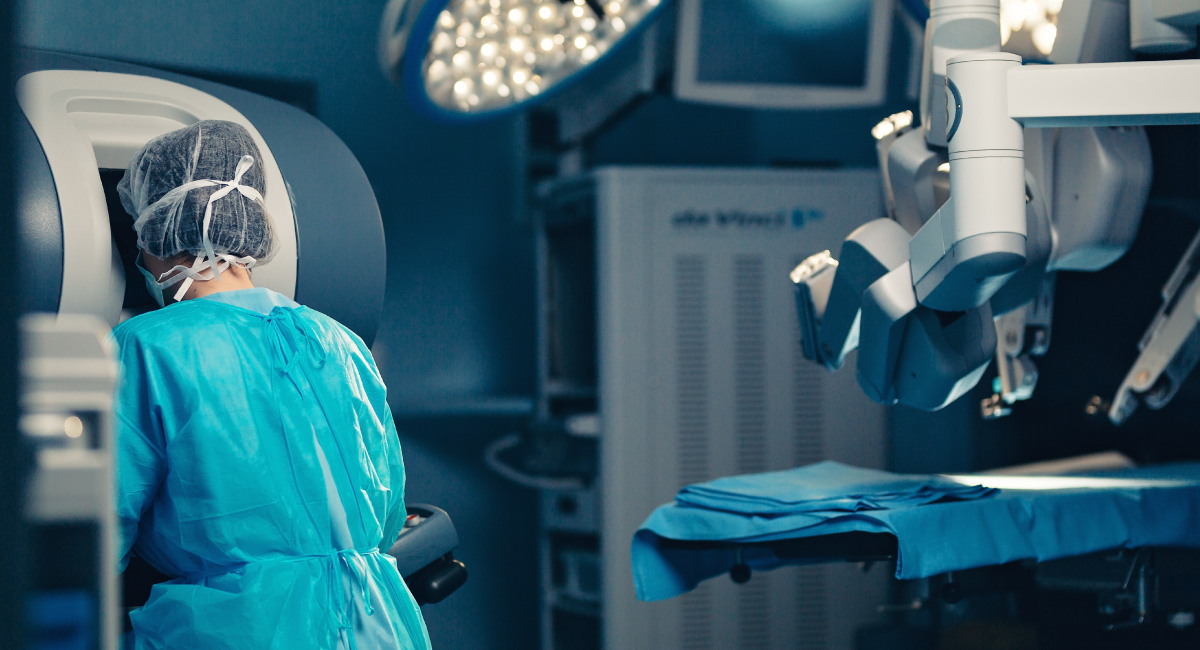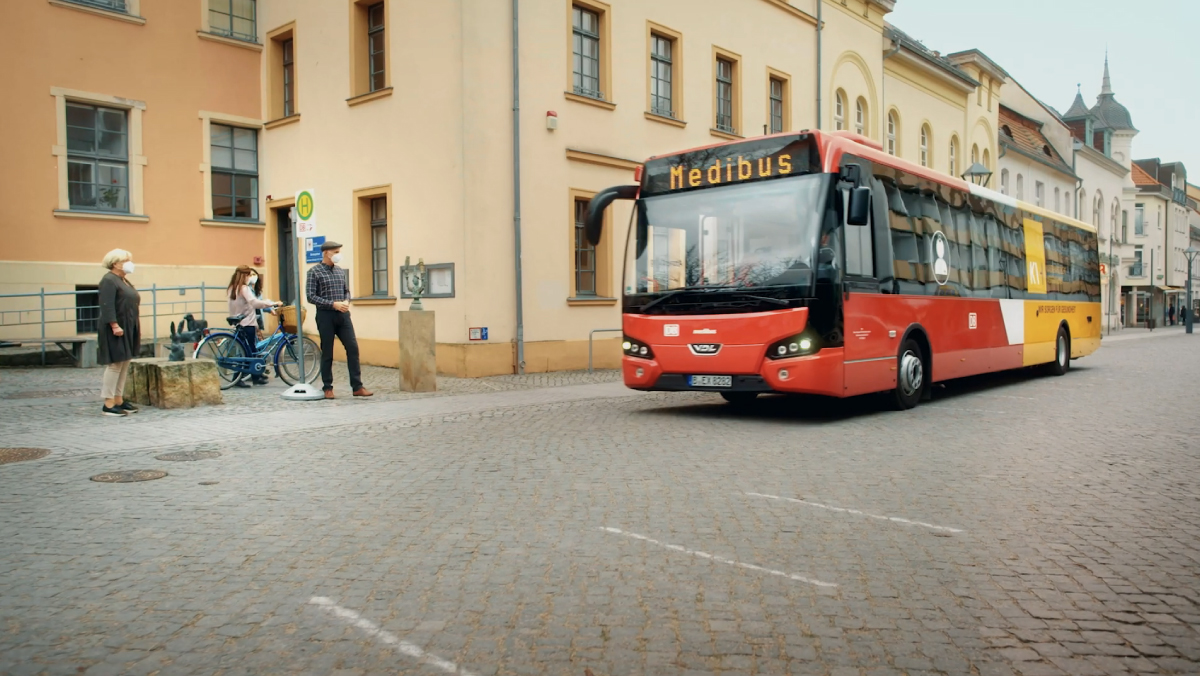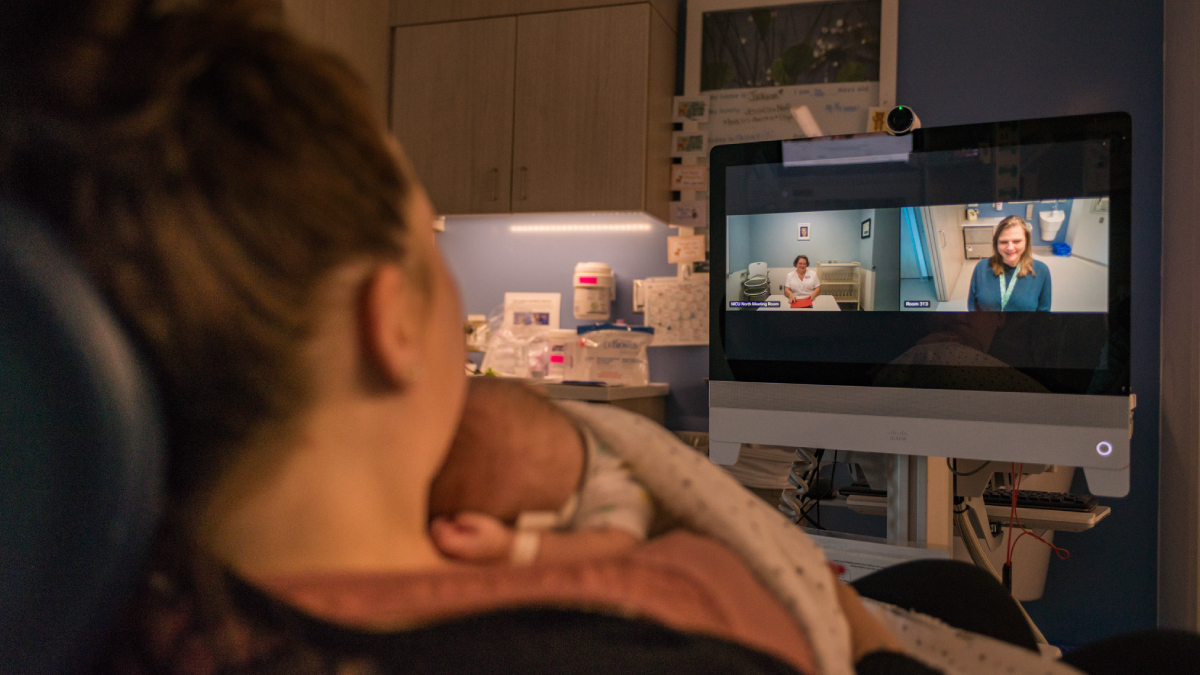Among the many inequities exposed by the pandemic, healthcare was among the most painful. People struggled to receive proper care, in the developing and developed worlds alike, and doctors and nurses faced exhaustion and burnout.
Digital connectivity — and Cisco innovations — were a critical solution. But the past two years have only hinted at what’s possible.
Dr. Guy Diedrich is Senior Vice President and Global Innovation Officer for Cisco Systems where he is responsible for Cisco’s Country Digital Acceleration (CDA) program — a strategic collaboration framework with governments in 44 countries. Since its inception in 2015, the program has driven more than 1,200 active or completed projects. Prior to his keynote address at HIMSS 2022 in Orlando, Guy shared his thoughts on Cisco’s efforts to build the foundation for new opportunities around the world — in healthcare, education, and so much more.
Q. Thank you, Guy! Access to healthcare is a huge challenge around the world. How is Cisco — and CDA — approaching the problem?
A. Well, first and foremost, we’re addressing the foundational issue of getting people connected. Before you can get the value of connected healthcare, you have to be connected. And only 60 percent of the world is actually connected right now. So, our first priority is to get those underserved communities connected to the Internet, in many cases for the first time. We’re doing that in 44 different countries around the world. With that foundational piece in place, as we connect, we can open up opportunities for connecting to healthcare.
Q. The global pandemic highlighted many of the gaps in connectivity and healthcare. How has that spurred Cisco’s efforts?
A. During the pandemic and the sudden global shutdown, we saw the unconnected in a way that we’ve never seen them before, especially as they were trying to access healthcare services and education. So, at CDA, we shifted from focusing on smart cities and a variety of other different projects to being very focused on access to education, government services, and healthcare. Those were the big three. And we immediately refocused on 70 projects in 25 countries, all related to those big three. Within the first 10 days of the global pandemic, we solicited them, vetted them, and funded them from many of our CDA countries.
Q. What were some of the specific initiatives in those 25 countries?
A. There were so many. But, for instance, in South Africa there is one particular hospital that is absolutely massive. And there is no way that doctors could cover the entire expanse of that geography. And we were able to put DX80 telepresence units on carts and allow them to be in several places all at once monitoring patients, treating patients, communicating with patients.
Just as important, in a lot of facilities around the world people were cut off from their families and their communities. We were able to reconnect them and allow people, patients, and hospitals to connect with their families through video. Unfortunately, in some cases, for the last time. But in other cases, such as senior citizen care facilities, it allowed people to stay connected with their families in a time when all of a sudden, they were dramatically cut off.
Q. And what about those people who could not get to a hospital?
A. Connected healthcare became the first line of defense. You were no longer able to just go into a doctor’s office or into a clinic and get care. In many cases, the only way that you were able to get any sort of health care or guidance was through digital — your phone, your laptop, or a DX80. And in in all of our countries, healthcare rose to the very, very top in importance.
Q. At the same time, the burnout rate for doctors, nurses, and other clinicians is high. Is telehealth helping to lower it?
A. The worst thing that can happen is for doctors to get burned out and not be able to serve their patients. And digital has been a godsend for them as well. And it’s continuing to get better. You’re starting to see a lot of evolution in the space because now there is more demand for it.
Q. What were some other ways that Cisco — and CDA — are supporting this transformation?
A. Cisco stepped up and we started getting people connected in news ways, starting with the foundational infrastructure. We started working with partners and we started addressing the real needs of these countries around the world. Because great technology has a huge role to play in terms of digitizing, securing, and future-proofing organizations. And that expansion of access to resources must be underpinned by a stronger infrastructure, which opens up a wealth of possibilities.
Q. Connecting people is obviously the right thing to do. But it’s also the smart thing to do, economically, isn’t it?
A. In the CDA program, we have a fundamental tenet that being connected is no longer only for the privileged, it is a fundamental human right. And we’ve been working for the last several years on connecting that 40 percent of the world that remains unconnected. And it's not just about the nd ethical side of the coin, although that is a very strong argument by itself. But it's also economically beneficial. By connecting that unconnected 40 percent, we will lift 500 million people out of poverty. We will contribute 6.7 trillion dollars to global GDP.
Q. What if we fail to address these issues?
A. We’re in the process right now of having 500 billion things connected through the Internet of Things. And that’s like a rocket ship is taking off, right? We are going to be in the stratosphere very soon with regard to our level of connectivity, our access to healthcare, our access to education. If we don't get that other 40 percent connected, that rocket ship is going to depart and that 40 percent is going to become invisible. That's not just, again, morally important, it’s also destabilizing for governments around the world. In two years, three years, it’s going to be too late. The rocket ship would have already left.
Q. Cisco’s core purpose is to power an inclusive future for everyone. How will our efforts in healthcare continue to support that?
A. For this revolution to take off, it took greater acceptance. We had the capabilities, but few had ever accessed healthcare in new ways until they did so out of necessity. And many people found that in some ways, they actually preferred it. Now you’re starting to see greater investments because the demand is there. And one benefit will be greater inclusivity.
Of course, inclusivity goes beyond connecting poor areas or rural areas. We need to embrace the full spectrum of diversity. And that includes, for example, those that don't have the same access that we have because of physical or mental disability We have to connect those people in a way that allows them to take full advantage of that access. CDA’s Autonomous Living Project is a great example of using technology to help people with diverse abilities.
But the foundational proposition, the foundational obligation is to connect the world — and then it is to provide healthcare, education, and government services, and other important elements of having a reasonable quality of life. Those get layered on top, but until we hit that foundational piece of connecting the world, we’re never going to be able to be truly inclusive.
###



